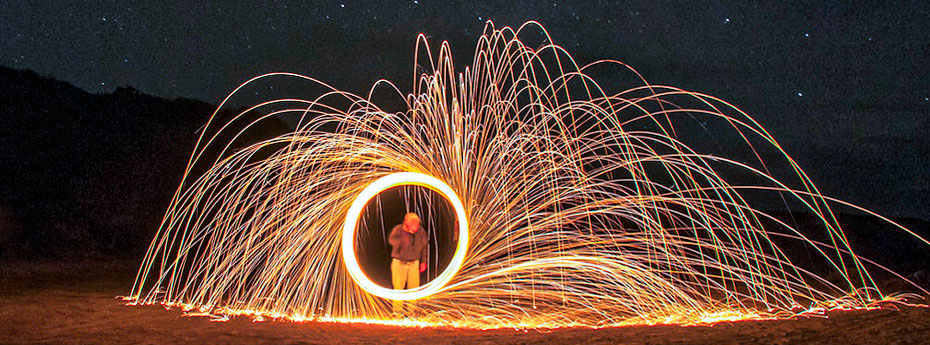
The onset of twilight and dark time of day is associated with mystery for many. Nature and the city take on new views and moods, which can be very well used for photography. At this time, the lighting is soft and pleasant to the eye. And the lighting conditions are most favorable for shooting without using a flash. Simultaneously, photographing in twilight time requires the photographer to know their equipment and correctly configure and use it. You will learn some tips for shooting in poorly lit locations in this article.
The Right Equipment Is Already A Great Success
First of all, for such specific photography, you need equipment such as DSLR cameras, which have one of the best color rendering indices, and those that assume the ability to independently adjust the exposure. One of the main aspects of successful night photography is the fast, long-focal length lens, which allows you to take large-scale shots of distant objects and produce high-definition photos.
So, as I mentioned, you should avoid the annoying sharpness of the flash and turn it off. For better clarity, the photo should be worked with ISO. ISO measures how sensitive a camera’s sensor is to light. The high ISO value set in the camera allows more light to hit the light sensor. The disadvantage is that the higher the ISO, the more digital noise in the image. Therefore, I advise you to stick to a reasonable middle – start at ISO 800 and increase this parameter as needed. Noise or graininess may appear in the image, but many of today’s expert DSLR, mirrorless or compact cameras can achieve excellent results even at ISO 1600 or 3200.

When you are doing a photoshoot in low light, choose a maximum aperture. The big advantage of using a wide aperture is sharpening ability. If you can manually select settings on your camera, you can control the camera’s iris. This way, you can adjust the amount of light that will enter the camera. A fast shutter speed can eliminate motion blur.
If you see a lot of contrast in highlights and shadows in the frame, using a technique such as bracketing can help. This is a useful feature for shooting moving subjects or very fast action. It allows you to make several consecutive frames in a row with an interval of a split second and later form a collected HDR image from them. It is crucial to remember to switch off the IS in both the camera and the lens so that the tripod shot will become sharper. If your camera comes with this feature, turn it on so you have a better opportunity to effectively capture the action in low light.
The Importance of Choosing the Right Location
In order for the shooting of the night city to turn out as juicy as in reality, you need to choose the right view. Pay attention to the presence of light and that it falls on significant objects in the frame. Otherwise, the dark will become even darker, and the light will glow. If you want to photograph the road correctly, set a slow shutter speed of 30 seconds and get the effect of tracks from car headlights. If it’s raining outside, you have a chance to take an interesting photo of flashlights glare – set the aperture to f/14 and shutter speed to 13 seconds, ISO to at least 50.
Of course, what a night without stars, but it will be difficult to take a beautiful photo in the city because of the bright illumination. Therefore, you can go to the mountains for such pictures. You will need wide-angle aperture optics, long shutter speeds of 15-20 seconds, and high ISO settings. A lower ISO value and closing the aperture will allow you to achieve the effect of stellar tracks.
By the way, it is not necessary to make the evening shot light, as if it was taken during the day. To capture the feeling of evening and twilight in your photo, try taking a shot with a slight negative exposure compensation. Use urban illumination to complement your shot. It can be used to highlight the model’s face by placing a light source to the side or in front of them, or for the background. When viewing pictures of low-light scenes, zoom in to make sure every detail is clear. Photos should look crisp, in focus, with no noticeable graininess or blurring. If there are any, it is better to reshoot the photo. I hope that my advice was useful to you, and you’ll take lots of photos that you’ll be proud of!





